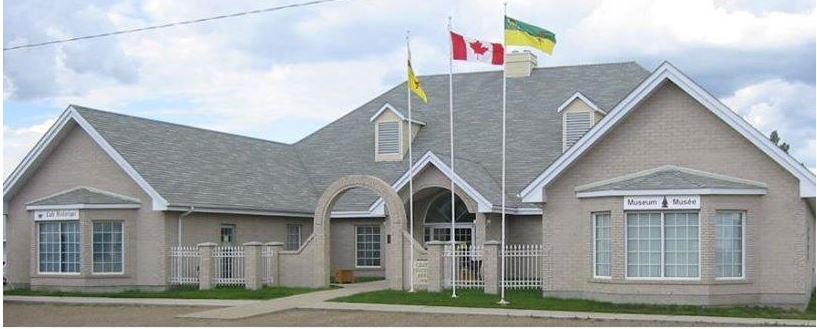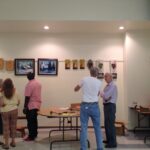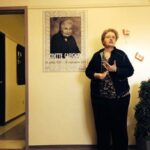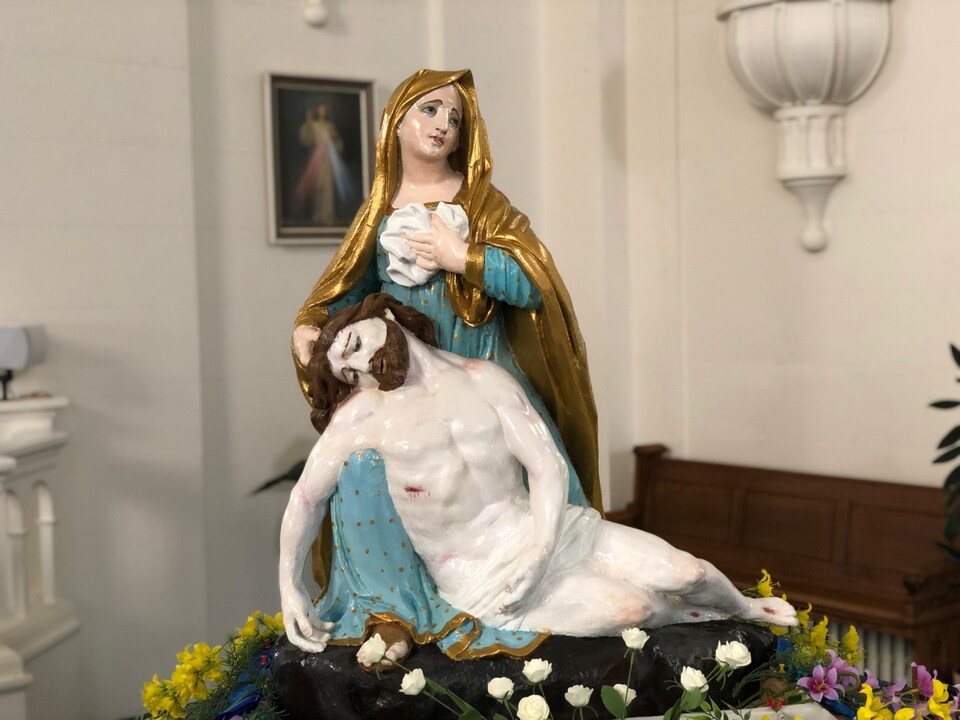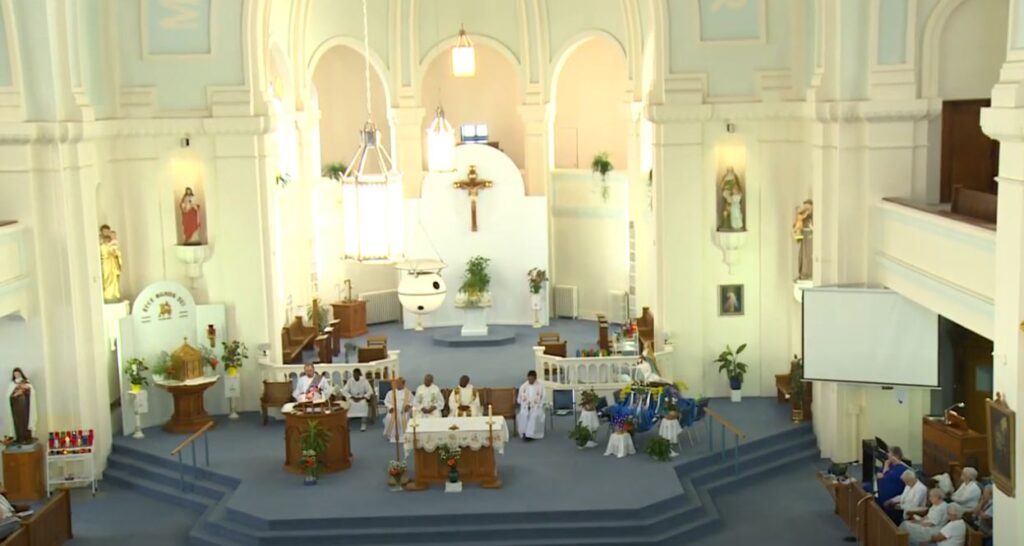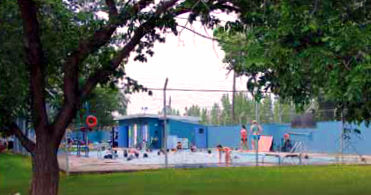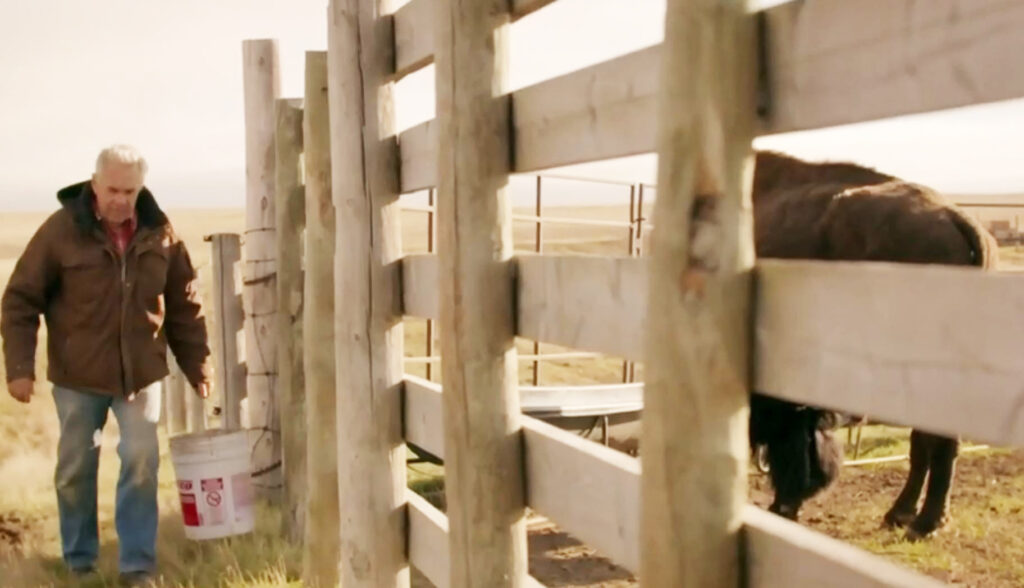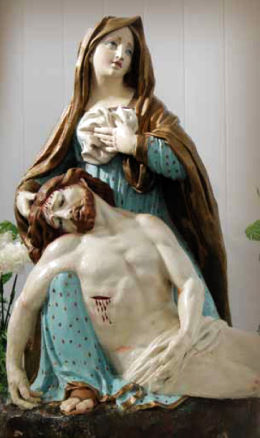100 YEARS OF FRENCH HISTORY AND CULTURE
Is this your first visit?
Let us guide you.
First stop
First stop, the Royer Community Cultural Center which bears the name of the town’s founder l’Abbé Albert-Marie Royer, a French priest who came to Saskatchewan to establish the parish of Notre Dame d’Auvergne in 1908. The center houses the Notukeu Heritage Museum, created by Henri Liboiron, a local archaeology enthusiast who discovered the plesiosaur fossils as well as an astonishing collection of artefacts, weapons and tools that were used by the First Nations of the Plains; some are over 10,000 years old! If you swing by the museum, a bilingual attendant will gladly accompany you to explain the rich history of the various fossils!
Next stop
Next stop, the impressive Notre Dame D’Auvergne parish church, the largest columnless church in all of Western Canada. There you can admire the precious historical statue of the sanctuary, La Pieta, which dates back to the 15th century and was to Ponteix from France by the first Sisters of Notre-Dame d’Auvergne in 1913. Enjoy the beauty of the high ceilings, then head for the basement where you will find a historical mural which decorates the whole length of a wall.
Staying the night?
Want to spend the night and explore the area? Book a room at the Parkside Inn, or camp at the nearby Notukeu Regional Park with full-service RV sites, showers, and restrooms. Children get to enjoy the playground and the heated outdoor swimming pool while parents enjoy the excellent nine-hole golf course and tennis court. A quick 5-minute drive gets you to the Roberge Bison Farm where you’ll be able to admire a whole herd of these impressive animals which use to roam these parts by the thousands. Visit the farm’s facilities with owner Guy Roberge, and don’t forget to buy some amazing bison steaks for your barbecue!











